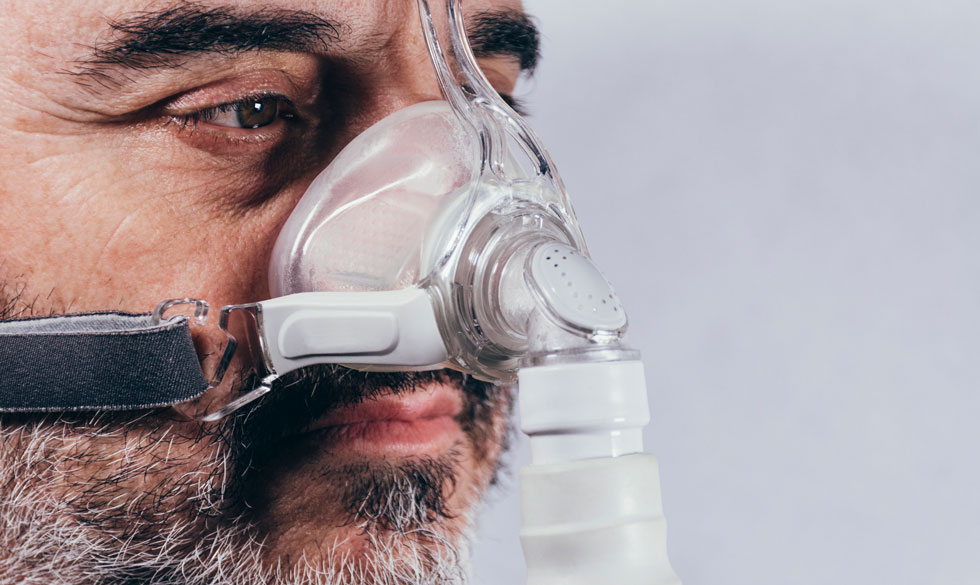Timing initiation of non-invasive ventilation in management of ALS [JNS459 Editor's Choice]
23 Apr 2024

Authors: Michael Swash
Editor's Choice
Journal of the Neurological Sciences. REVIEW ARTICLE| VOLUME 4459, 122972, APRIL 15, 2024
DOI: https://doi.org/10.1016/j.jns.2024.122972
Non-invasive positive pressure ventilation (NIV) has become a widely accepted mode of management for ventilatory failure due to the otherwise fatal combination of upper and lower motor neuron weakness in amyotrophic lateral sclerosis (ALS).
In most clinics NIV is commenced when there is evidence of respiratory failure, usually defined as a forced vital capacity (FVC) <50% predicted or a maximal inspiratory pressure (MIP) > minus 60 cm water. Slight variations around these criteria are also in use, but measurement of oxygen saturation in arterial blood, or pCO2 levels are not used as criteria since they can be affected by many factors other than respiratory muscle performance.
These simple measurements of respiratory muscle performance do not require any attempt to define underlying neurological factors, whether UMN, LMN or a disorder of central respiratory drive; all possible features of ALS. They do not necessarily require assessment of any possible associated pulmonary disease and their simplicity makes them generally applicable. Other, more complex tests, such as diaphragmatic EMG studies and arterial blood oxygen or CO2 measurements have also been considered, but these introduce a level of complexity that should perhaps be avoided and they do not directly assess respiratory muscle force, which is mainly due to diaphragmatic weakness, the primary dysfunction causing respiratory failure in the disease.
Web design by Tribal Systems








